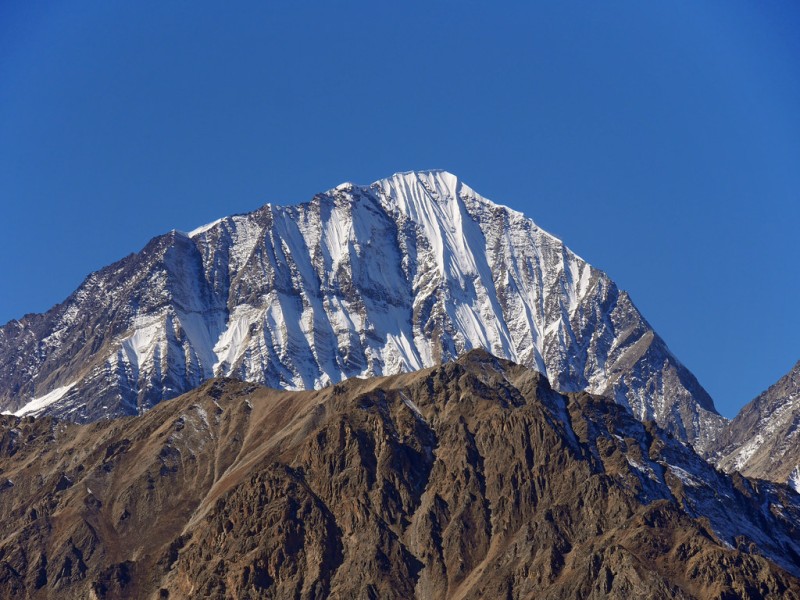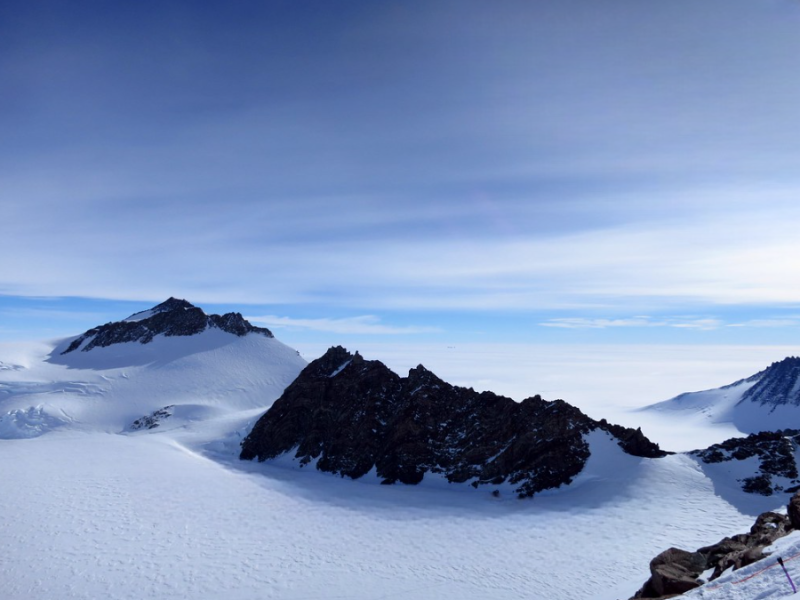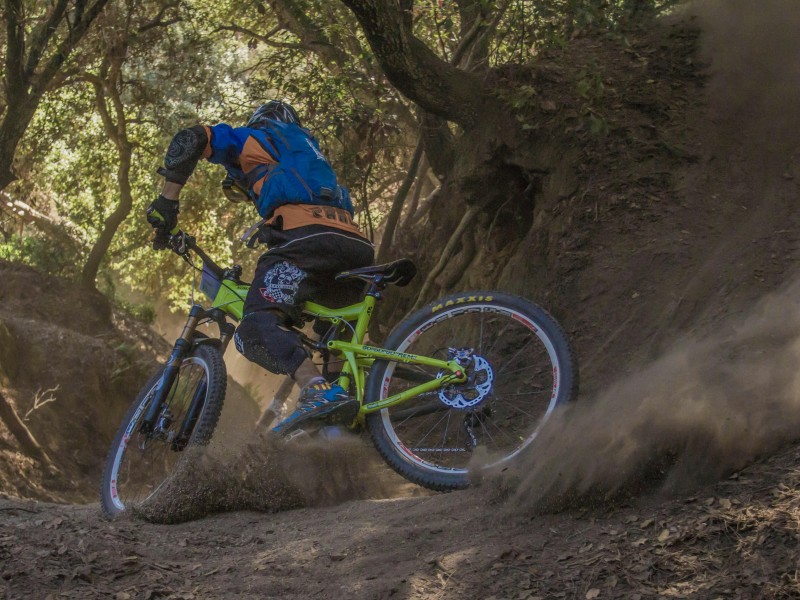Upper Dolpo remains one of the most isolated and remote regions in this Himalayan country to this day. However, the magnificence of this region is unparalleled. Nestled between the Tibetan plateau and the Dhaulagiri Himalaya Chain, it is often likened to Shangri-La. Foreigners gained access to the Upper Dolpo area only from 1989 onwards. Dolpo is a culturally Tibetan region situated in the western valleys of Nepal (south), along with the Phoksumdo and Mugu Karnali Valleys (west and northwest)...
Upper Dolpo remains one of the most isolated and remote regions in this Himalayan country to this day. However, the magnificence of this region is unparalleled. Nestled between the Tibetan plateau and the Dhaulagiri Himalaya Chain, it is often likened to Shangri-La. Foreigners gained access to the Upper Dolpo area only from 1989 onwards. Dolpo is a culturally Tibetan region situated in the western valleys of Nepal (south), along with the Phoksumdo and Mugu Karnali Valleys (west and northwest). To the southwest lies Dhaulagiri, the sixth highest mountain in the world at 8172 meters. This massif, along with its outliers, creates a rainshadow that significantly influences Dolpo's climate. Although no meteorological records have been kept in Dolpo, its valleys likely receive less than five hundred millimeters of precipitation yearly.
The Upper Dolpo-Jomsom to Juphal trek, leading back to Kathmandu, takes travelers to the most isolated and pristine parts of the Mid-West region of Nepal. Dolpo offers stunning and up-close views of majestic mountains, ancient monasteries, and serene turquoise lakes. The Upper Dolpo Trekking Jomsom to Juphal passes by some of the world’s grandest mountains such as Annapurna, Dhaulagiri, and Kanjiroba, along with the ancient medieval kingdom of Lower Dolpo. Dolpo is home to some of the highest villages on earth, with almost ninety percent of the region lying above 3,500 meters. With a population of less than five thousand people, Dolpo is one of Nepal's least densely populated areas.
Surviving in this harsh landscape, the inhabitants of Dolpo rely on agriculture, animal husbandry, and trade. Dolpo's agro-pastoral livelihood involves seasonal migrations between permanent villages and pastures at higher altitudes. Unfortunately, over ninety percent of the population lives below the poverty line, with low literacy rates and a life expectancy of only fifty years.
Administratively, Dolpo falls within the northern reaches of Nepal's largest district, Dolpa. This region, also known as 'Upper' Dolpo by the Nepalese government, was historically located in the kingdom of Zhangzhung in western Tibet. The dominance of the western Tibetan dynasties over Dolpo waned during the fourteenth century with the rise of the principality of Lo in present-day Mustang District, Nepal. Thereafter, Dolpo villagers paid tributes to the Kingdom of Lo through grains, labor, and religious service. Notably, Dolpo's villagers contributed to annual taxes by creating Thangka paintings and carving Mani walls. Shey Gompa holds particular importance in both anthropological and religious contexts within the region.
The trek passes to the north of the major mountain chain, navigating thrilling mountain passes as high as 5,250 meters, including Niwar-La and several others over 5000 meters, towards the Tibetan Plateau. Along the way, trekkers encounter monasteries, both Buddhist and Pre-Buddhist (Shamanistic), adorned with colorful prayer flags. Shey Gompa stands out as a significant monastery in both anthropological and religious realms within the region.
- Starting Point: Jomsom
- Ending Point: Juphal
- Highest Point: Niwar-La Pass (5,250 meters)
- Best Seasons to Travel: Late Spring (May to June) and Early Autumn (September to October)
- Duration: Approximately 21 to 28 days
- Difficulty Level: Strenuous
- Region: Dolpo, Mid-Western Nepal
- Permits Required: Restricted Area Permit, Trekking Information Management System (TIMS) card
- Accommodation: Tented camps and basic teahouses
- Remote Upper Dolpo region
- Stunning mountain views
- Sacred Shey Gompa monastery
- Beautiful Phoksundo Lake
- Unique Tibetan culture
- Challenging high-altitude passes
- Pristine natural beauty
- Rare wildlife sightings
- Airport Pickup/Drop
- Domestic Airfare Kathmandu-Juphal-Nepalgunj Round trip.
- All Ground Transportation
- All Required restricted Entry permits, ACAP Permit & National park Fees
- Guide and Porter wages and their insurance
- 3 star or same category hotel on BB {Bed & Breakfast} plan in Kathmandu according itinerary
- Accomodation in Nepalgunj with full board of meals.
- Comfortable high quality VE-25 North face tents for members during camping
- Entire necessary High quality Kitchen utilities with Dining, Toilette, Kitchen tent chair/table.
- Company Guarantee for Emergency evacuation (clients are required to have their own traveling Insurance which copied hand over to company)
- All food, kitchen & camping staff and equipment transfers by bus to Nepalgunj and by air to Simikot.
- Flight fare from Pokhara-Jomsom and Juphal-Nepalgunja-Kathmandu including airport departure taxes.
- Required necessary land transportation
- Full board of meals while on trek
- Thuraya SAT Phone (Emergency use only)
- Radio Walkie Talkie
- Guide and porters will be insured as required by Nepal government regulation
- Local supporting staffs wages including their insurance.
- Travel insurance
- International airfare
- Nepal entry visa: you can obtain a visa easily upon your arrival at Tribhuvan International Airport in Kathmandu. (a multiple-entry tourist visa good for 30 days can be obtained by paying US $ 40 or equivalent foreign currency. Similarly, multiple-entry tourist visas for 90 days can be obtained by paying US $ 100. Please bring 2 copies of passport-size photos.)
- Cold drinks, bottled or boiled water, snacks and other personal expenses
- Personal trekking equipment
- Tips and gratuities for trekking staff and drivers
Related Packages
Copyright ©2025 All rights reserved | Xtreme Climbers Treks and Expedition - Your Adventure Partner in Nepal















































































































































